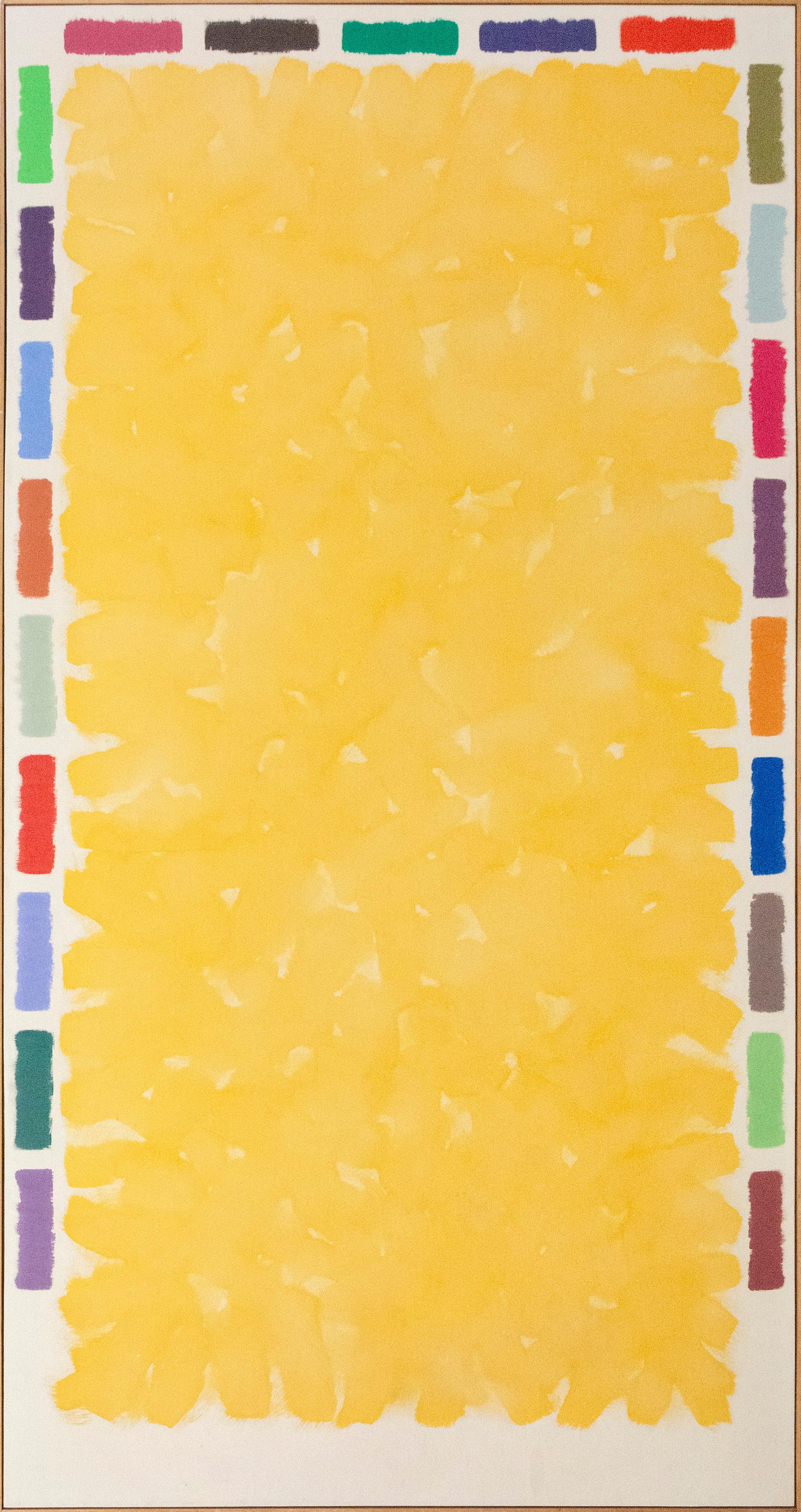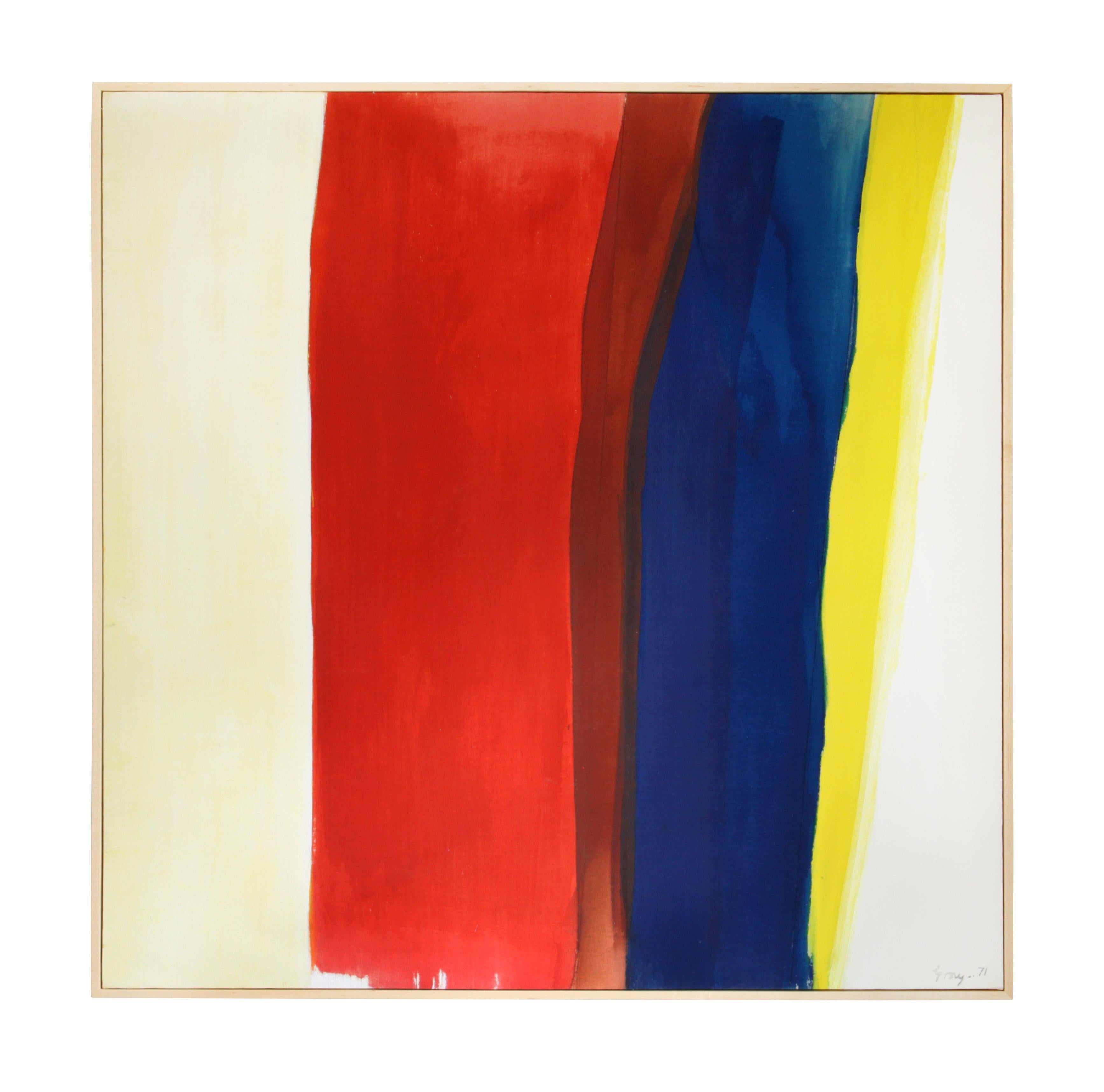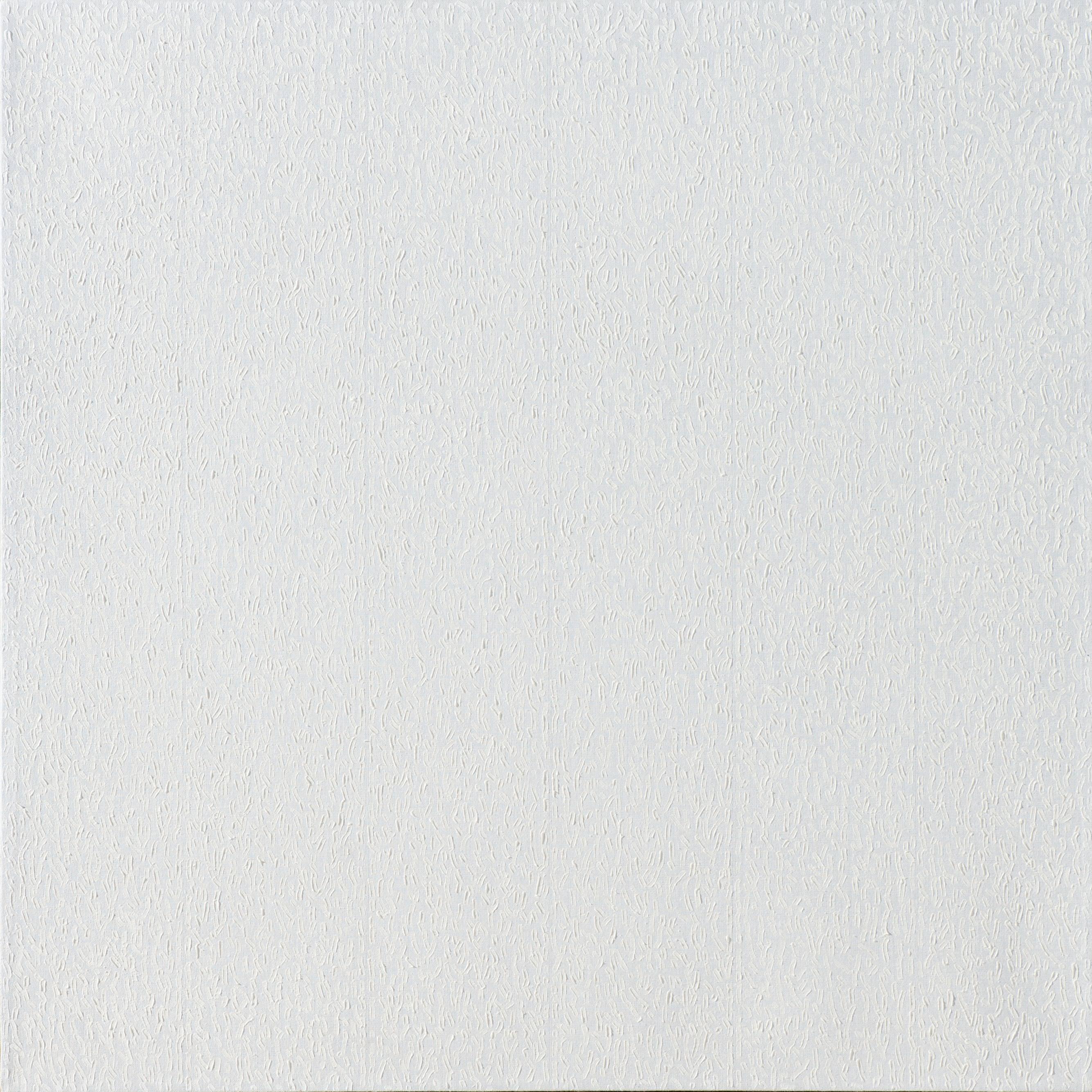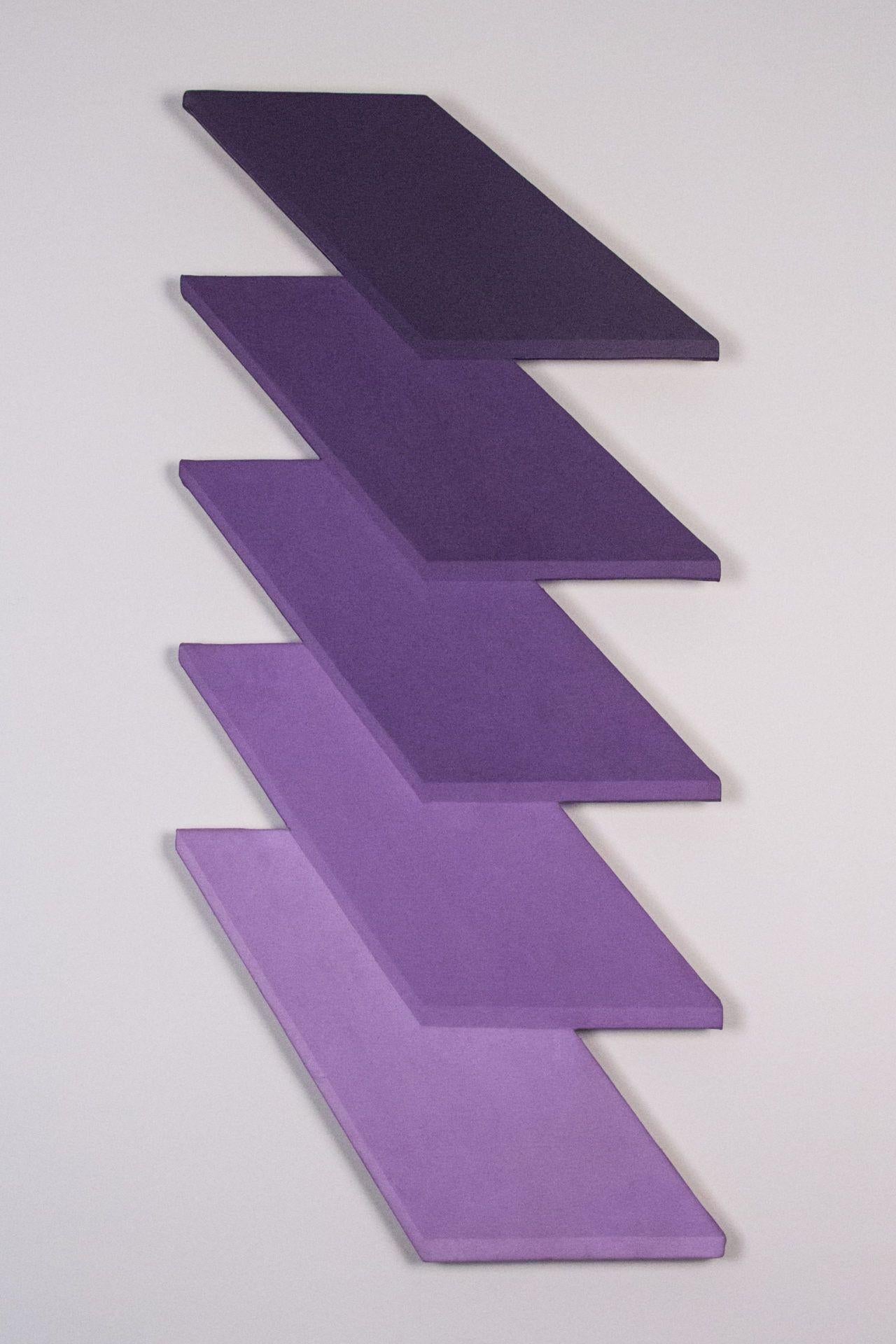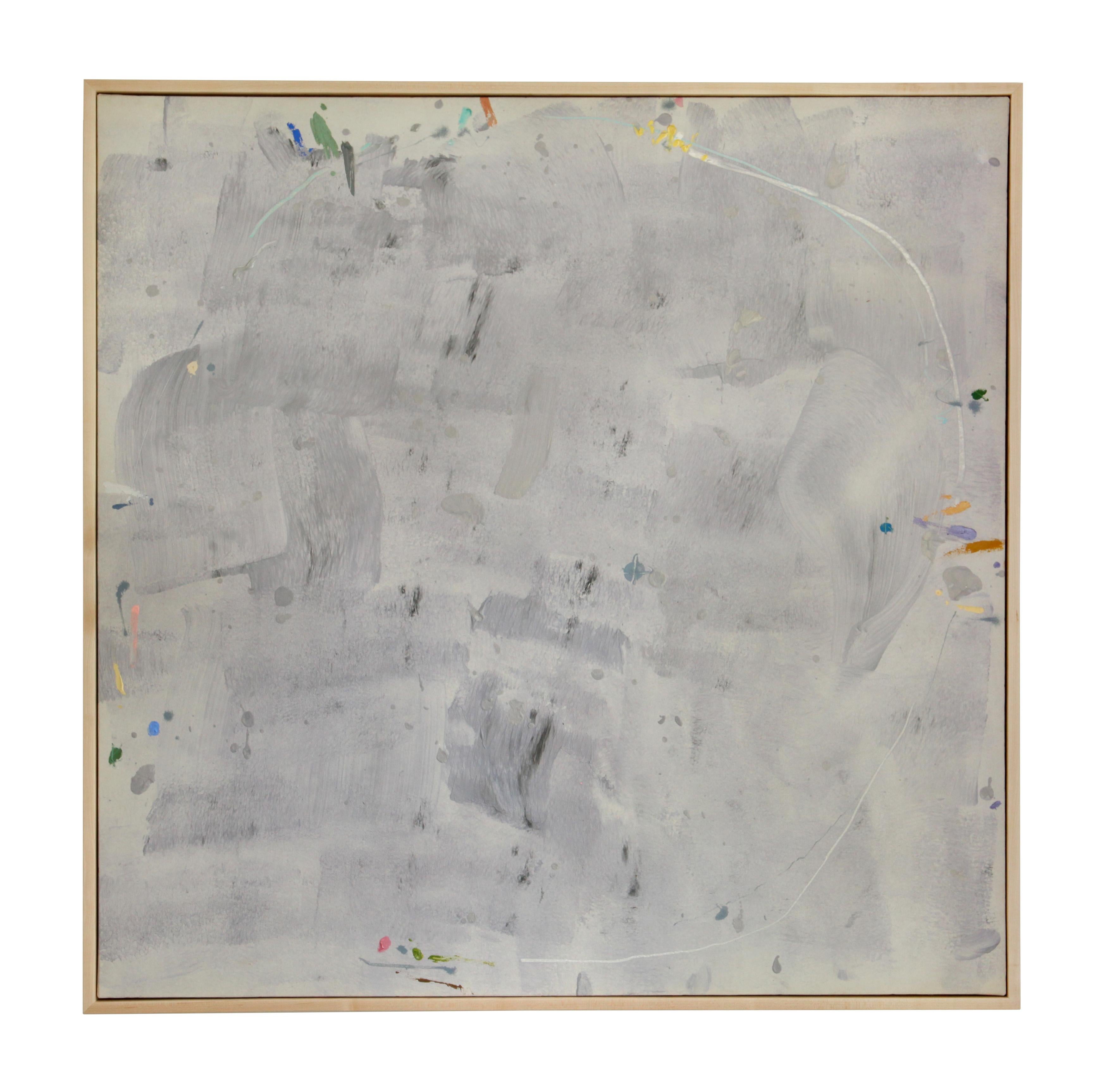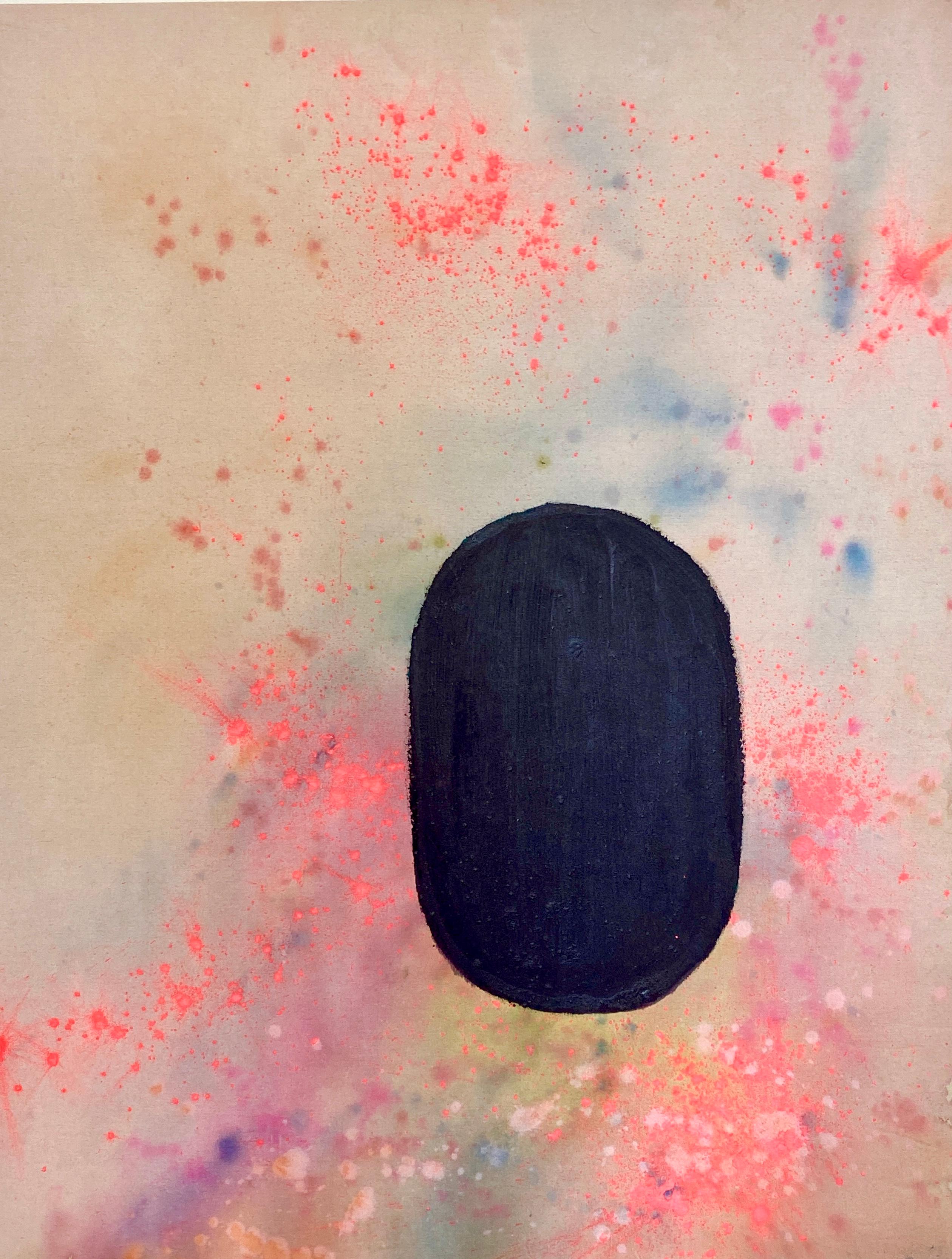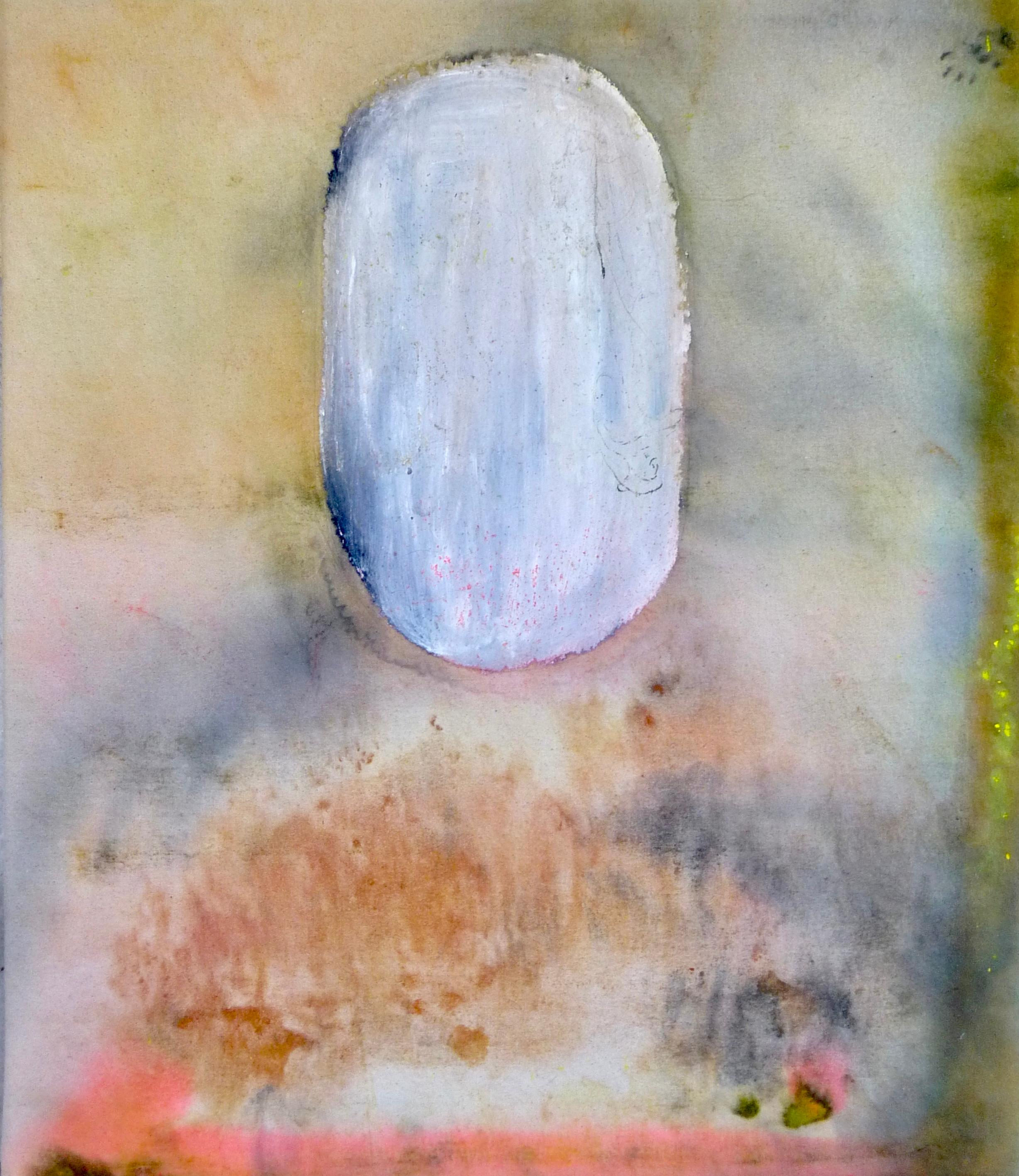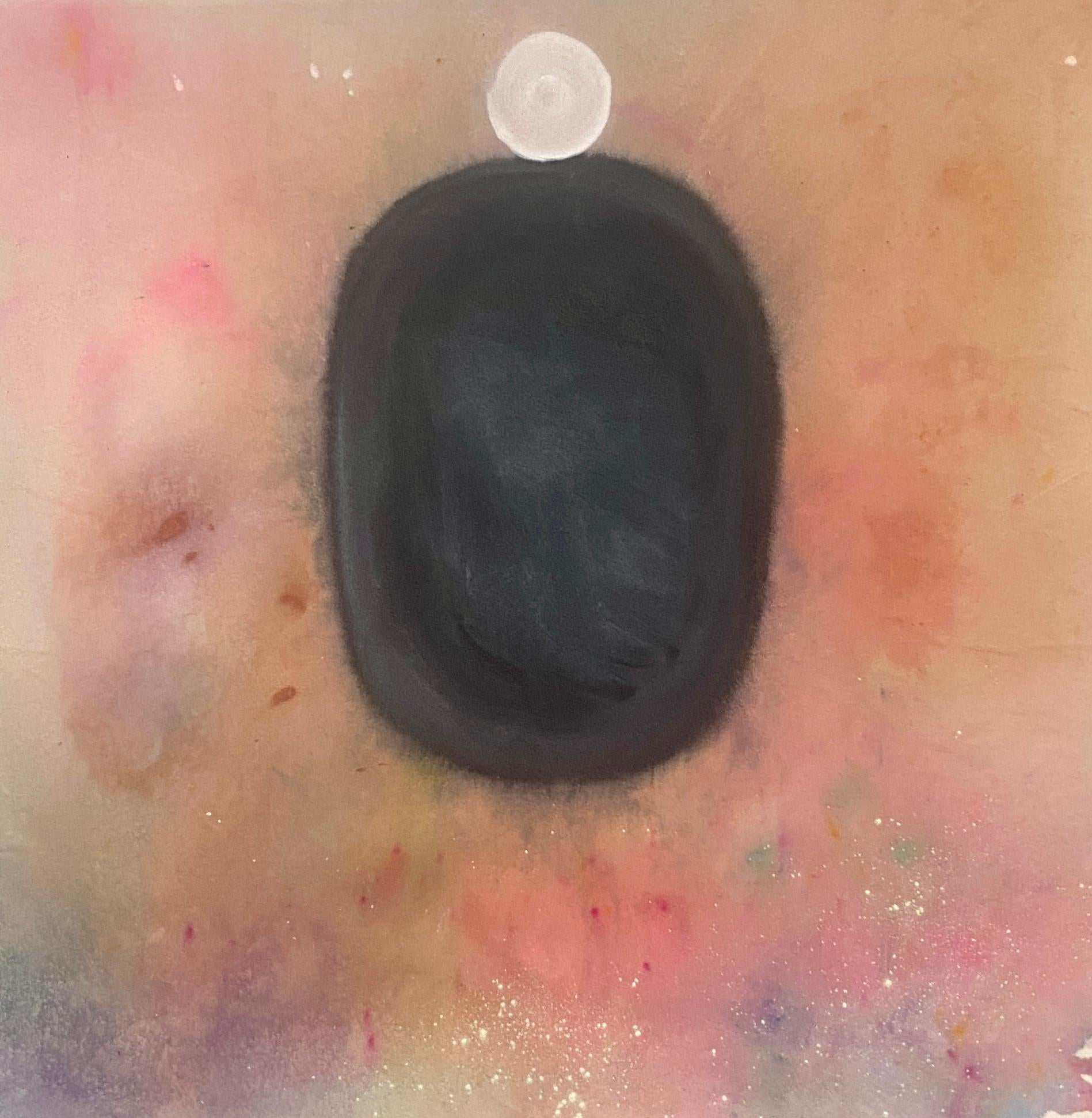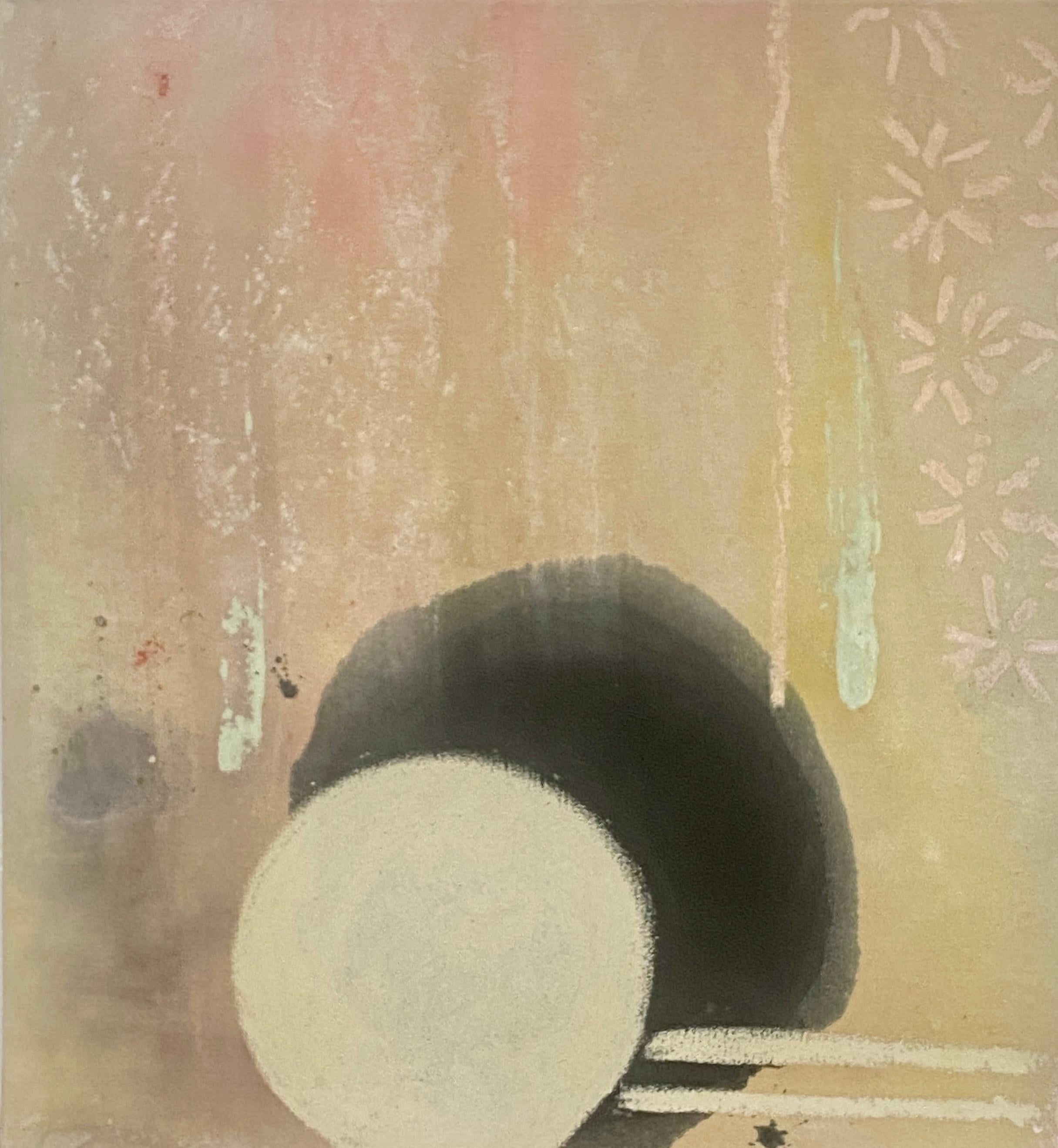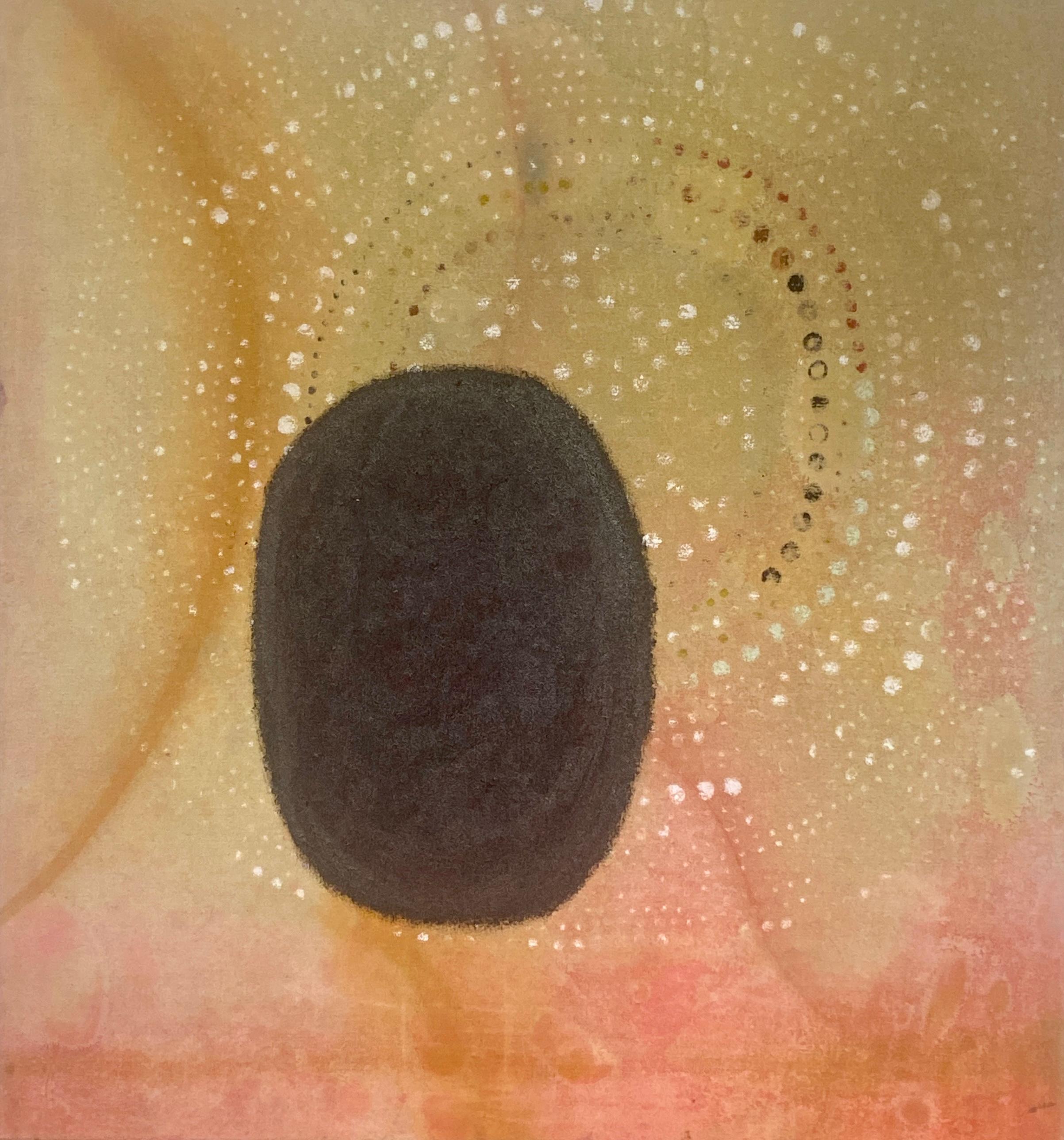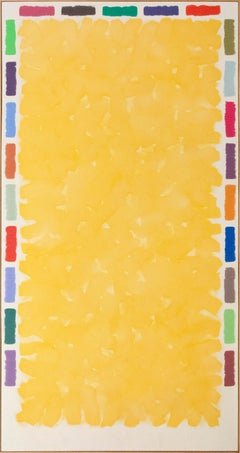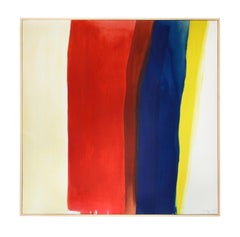
Queensland
View Similar Items
1 of 1
Dan ChristensenQueensland1986
1986
About the Item
- Creator:Dan Christensen (1942 - 2007, American)
- Creation Year:1986
- Dimensions:Height: 81.5 in (207.01 cm)Width: 21 in (53.34 cm)
- Medium:
- Movement & Style:
- Period:
- Condition:
- Gallery Location:New York, NY
- Reference Number:Seller: CHR-001731stDibs: LU402675592
Dan Christensen
Dan Christensen, (October 6, 1942 – January 20, 2007) was an American abstract painter He is best known for paintings that relate to Lyrical Abstraction, Color field painting and Abstract expressionism.Christensen was born in Cozad, Nebraska, and died in Easthampton, New York. His early work from 1965-1966 was related to Minimalism. A graduate of the Kansas City Art Institute, class of 1964, Dan Christensen moved to New York City from the Mid-West during the late summer of 1965. Christensen was represented by several influential galleries including the Andre Emmerich Gallery, the Salander/O'Reilly Gallery and various others throughout the United States and Europe. He has had more than seventy-five solo exhibitions and his work has been included in hundreds of group exhibitions. His paintings are in important museum collections throughout the United States and Europe.
You May Also Like
- Glide - large, purple, pink, hues, striped, abstract, acrylic on shaped canvasBy Milly RistvedtLocated in Bloomfield, ONGradient bands of washed violet turn to dust rose in this shaped canvas from 1968 by Milly Ristvedt. From the first part of her career, this powerful painting is rooted in the tenets...Category
1960s Color-Field Abstract Paintings
MaterialsCanvas, Acrylic
- Summer Window - large, bright, colourful, yellow, abstract, acrylic on canvasBy Milly RistvedtLocated in Bloomfield, ONWashes of sun yellow are edged in dashes of bright colors - mauve, cerise, lime and rust -- in this monumental color-field canvas by Milly Ristvedt. "Summer Window" from 1973 was cr...Category
1970s Color-Field Abstract Paintings
MaterialsCanvas, Acrylic
- Captain CookBy Cleve GrayLocated in Austin, TXAcrylic on canvas. Signed and dated lower right, titled verso. 69 x 68.25 in. 70.5 x 70 in. (framed) Custom framed in a solid maple floater. Provenance Private Collection, Hilton ...Category
1970s Color-Field Abstract Paintings
MaterialsCanvas, Acrylic
$70,000 - 6.15.96By Mala BreuerLocated in Phoenix, AZacrylic on gessoed linen Mala Breuer grew up attending classes in painting and drawing from a young age at the California College of Arts and Crafts. After high school she attende...Category
1990s Color-Field Abstract Paintings
MaterialsGesso, Canvas, Linen, Acrylic
$5,000 - "Nineteen" Thomas Downing, Purple Washington Color School Design, Shaped CanvasBy Thomas DowningLocated in New York, NYThomas Victor Downing (1928 - 1985) Nineteen, 1968 Acrylic on canvas 35 1/2 x 16 1/2 inches Signed on the reverse Provenance: Estate of the artist Henri Gallery, Washington, D.C. Private Collection, Washington, D.C. Thomas Downing was born in Suffolk, Virginia. In 1950, after graduating from Pratt Institute in New York City, he received a grant from the Virginia Museum of Fine Art to study in Europe. Upon returning from Europe, he settled in Washington, DC to teach at Catholic University. In 1954 Downing became a friend of Kenneth Noland, whose life drawing course he attended. From 1955 to 1956 Downing shared a studio with Howard Mehring, another artist who came to be identified with the Washington Color School. Downing had his first one-man show at the Washington Workshop Center for the Arts in 1959. That year, Downing, Mehring, and Betty Pajac founded Origio, a cooperative art gallery in Washington. In 1959 Downing first began using the small dot in his work, a motif he explored fully into the 1970s. In the early works colorful dots determined the structure of the painting in their size, position, and repetition within a grid. Often there was a sense of concentration and expansion of the composition from the center to the edge of the canvas, achieving a visual impression of expanding open space. Looking for the fusion between the grid and color, Downing eliminated overlapping dots in 1962. The dots arranged in grids seem to project from the canvas surface, giving the impression the color floats unrestricted by the square format of his paintings. Downing’s position in the Washington Color School came from his consistent approach to color. The canvas was the receptacle of color, on which Downing often worked in tonal modulations of a hue. Downing developed shaped canvases in 1966 as a structural solution to his deeper consideration of the “spatial definition” of color. After first working in a parallelogram shape, Downing next worked in chevron-shaped canvases that examined the illusionistic qualities of color. He exhibited these works in a solo exhibition at the Corcoran Gallery in 1966-1967 and later at the Allan Stone Gallery in New York in 1967. Downing’s second series of shaped canvases titled Folds were created in 1968. In the Fold series he discovered a new effect of relief and spatial depth within a flat work that could be enhanced by color. The projections and folding in the Fold paintings suggest the paintings exist in a world without gravity. Downing exhibited in a group show at Jefferson Place Gallery in 1960 and had his first solo exhibition there in the spring of 1961. Downing had solo exhibitions in New York at Allan Stone Gallery in 1962, 1967, and 1968. He also had solo exhibition in New York at Stable Gallery in September 1963 and January 1965. In the early 1970s Downing had regular solo exhibitions at the Pyramid Galleries in DC. In the 1960s Downing was included in important museum exhibitions, including: Post Painterly Abstraction at Los Angeles County Museum of Art, 1964 (Clement Greenberg curated and included three of Downing’s dial paintings); The Responsive Eye at the Museum of Modern Art, 1965; Colorists, 1950-1965 at the San Francisco Museum of Art, 1965; Systemic Painting at the Solomon R. Guggenheim Museum, New York, 1966; and Color Field Painting at the Philadelphia Museum of Art in 1970. Thomas Downing: Recent Paintings was held at the Corcoran Gallery of Art in December 1966 - January 1967. A solo exhibition of his paintings from 1962 to 1968 was held at the La Jolla Museum of Art then travelled to the Phoenix Art Museum in 1968. Downing had a solo exhibition at the Phillips Collection in 1985. Downing taught at the Corcoran School of Art and Design, Washington, DC from 1965 to 1968. There he was influential for the next generation of DC color...Category
1960s Color-Field Abstract Paintings
MaterialsCanvas, Acrylic
$21,000 Sale Price40% Off - Spanish GhostBy Kikuo SaitoLocated in Austin, TXAcrylic on canvas. Signed, dated, and titled verso. 52.25 x 52.75 in. 54 x 54.25 in. (framed) Custom framed in a maple hardwood floater. Provenance Salander O’Reilly Galleries, New York Private Collection, Connecticut Provenance Estate of Samuel Feinstein...Category
1980s Color-Field Abstract Paintings
MaterialsCanvas, Acrylic

